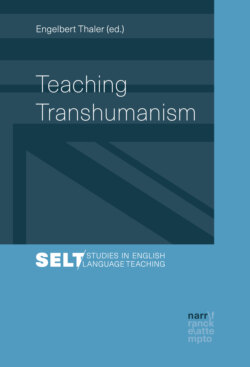Читать книгу Teaching Transhumanism - Группа авторов - Страница 9
На сайте Литреса книга снята с продажи.
2.2 Ethical Issues
ОглавлениеTo what extent do transhumanist positions threaten human values?
The Nobel Prize 2020 for chemistry was awarded for the development of Crispr/Cas 9, a method of genome editing. With the help of these genetic scissors, the dream of being able to cure inherited diseases may come true. This tool has taken the life sciences into a new era and can bring great benefit to humankind. Yet, what is a promise, can also be a peril. Due to its potential to alter human heredity, Crispr has become one of the most controversial developments in science. In 2018, He Jiankui, a Chinese scientist, announced that he had used the tool to edit the genes of human embryos, which brought forth the world’s first genetically modified infants. His experiments were condemned by many in the scientific community as reckless and risky.
Several biologists reject the intention of interfering with nature by overcoming universal human limitations (ageing, physical and cognitive limits), eliminating the difference between humans and artifacts, and producing human-animal chimeras (McKibben 2003, Rifkin 1993, Newman 2003). However, some personality theorists discard this criticism as anthropomorphobia (Isaac Asimov’s “Frankenstein complex”, i.e. the fear of mechanical men, which produces the “yuck factor”, a reaction of repugnance and distaste), or regard physical self-optimization as a logical consequence of a commercialized hyper-individualism.
This begs the question: Is there still an ontological distinction between human – non-human – inhuman – animal?
